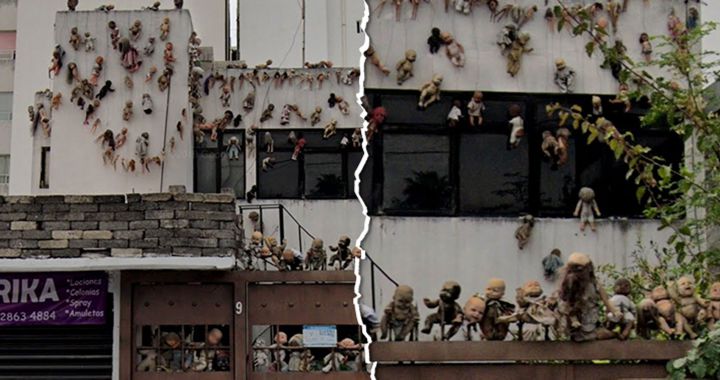
Macabre Doll-Covered Building in Mexico Goes Viral on Google Maps
Avenida Iztacalco 9 in Mexico City was one of the most searched addresses on Google Maps this week, after photos of a creepy, doll-covered house

Avenida Iztacalco 9 in Mexico City was one of the most searched addresses on Google Maps this week, after photos of a creepy, doll-covered house
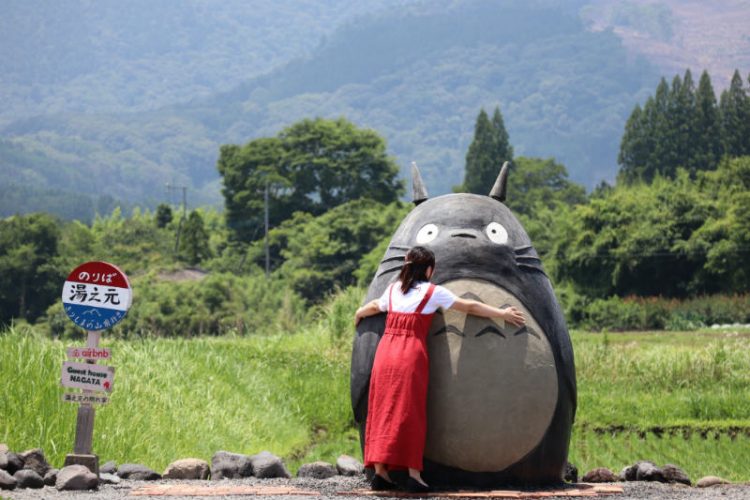
An agricultural field is one of the last places you would expect to find a tourist attraction for fans of Hayao Miyazaki’s anime, but this
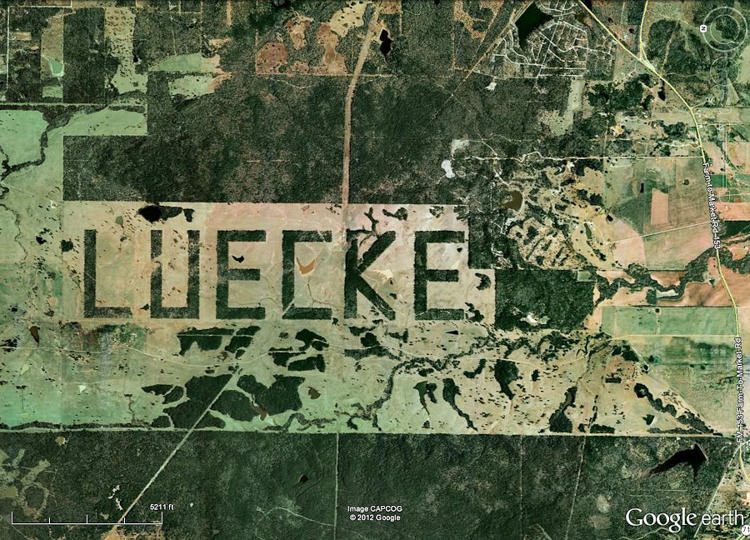
In the late 1990’s, when a Texas farmer decided to clear up some new grazing land for his cattle by leaving up just enough trees
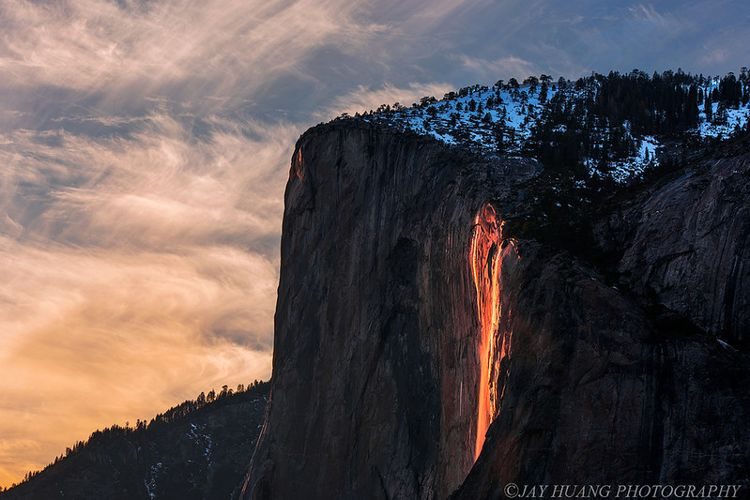
A temporary waterfall in Yosemite National Park has become a popular tourist attraction in the mouth of February, because under the right conditions sunlight makes
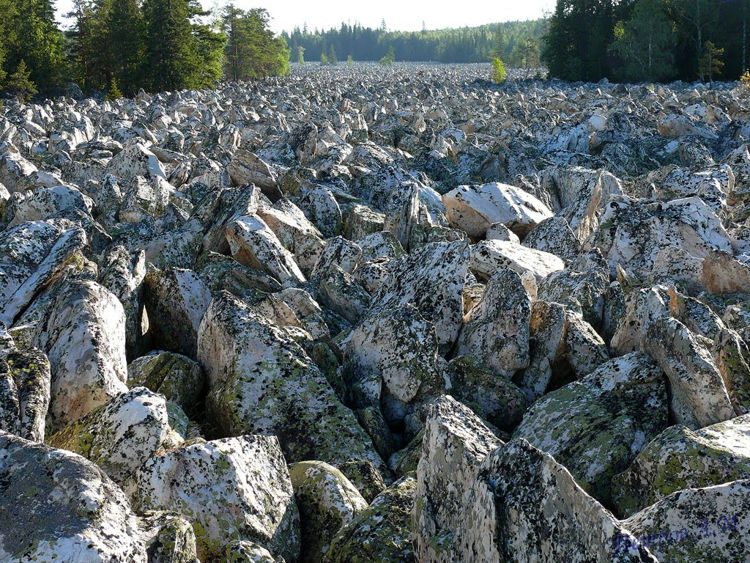
The most interesting sight of Taganai Park, in the southern Ural Mountains, Big Stone River consists of thousands of large stone boulders cutting a path

For nearly three decades, Gubbio, a small medieval town at the foot of Mount Ingino in Italy’s Umbria region, has held the Guinness Record for
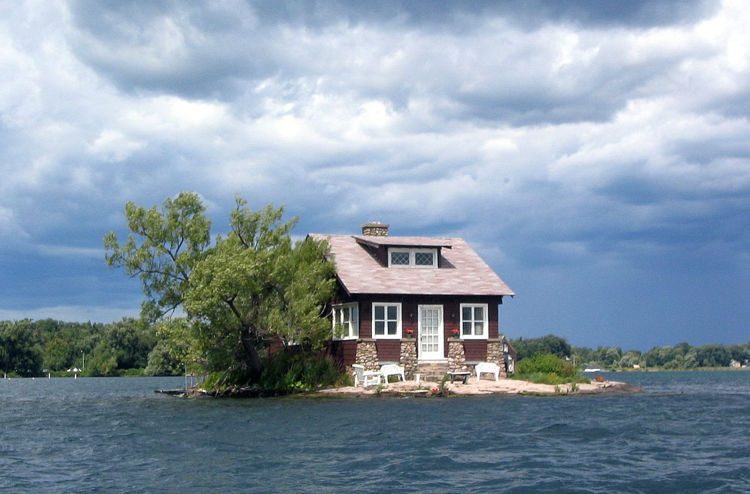
Just Room Enough Island, is an aptly-named private-owned island with literally just enough room for its owners’ house, a couple of trees and a miniature
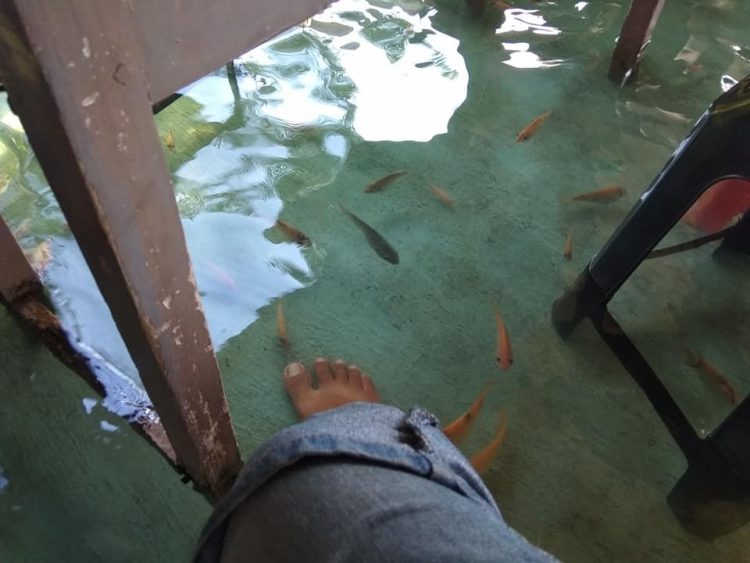
If the idea of having dozens of fish nibbling at your toes while you enjoy some traditional Indonesian cuisine sounds intriguing, you may want to
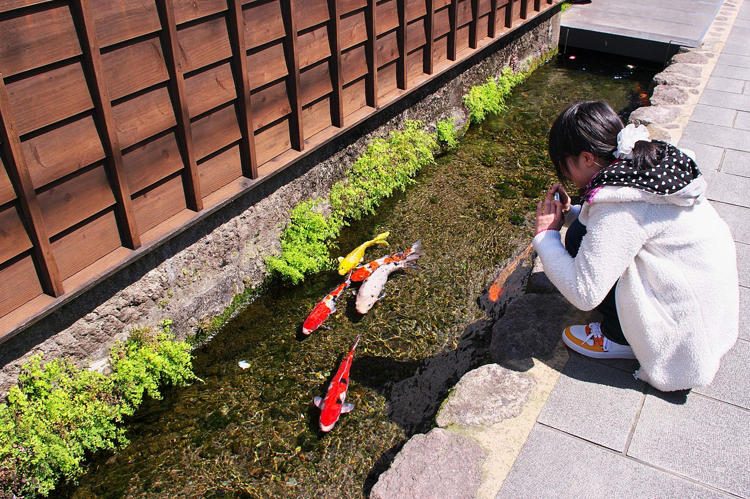
Can you imagine an inhabited city where the water running through the the drain channels is so pure that beautiful koi fish can swim in

Getting a hotel room for $1 a night can be considered a bargain pretty much anywhere in the world, and especially so in a country
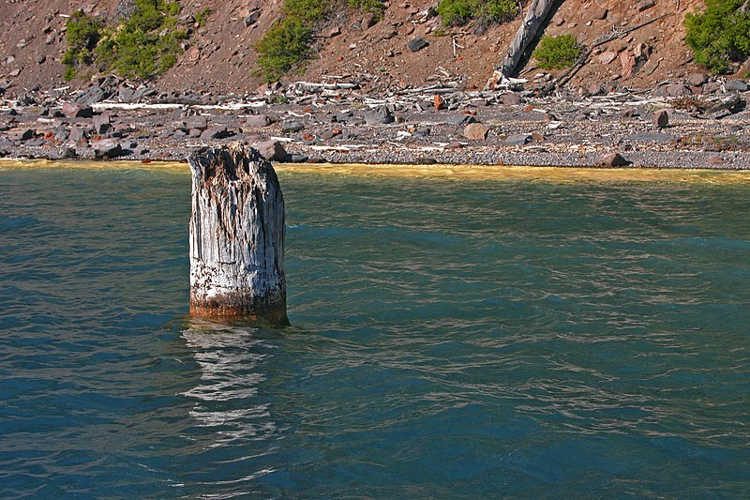
A floating tree stump known as the “Old Man of the Lake” has been bobbing in the blue water of Oregon’s Crater Lake for at

If you’re ever in Bangkok, Thailand, and you;re a fan of unicorns, ponies or just colors in general, there’s a place you simply must visit.

The owner of McKamey Manor, dubbed by many the world’s most terrifying haunted house, is promising anyone who can survive its scariest tour yet a
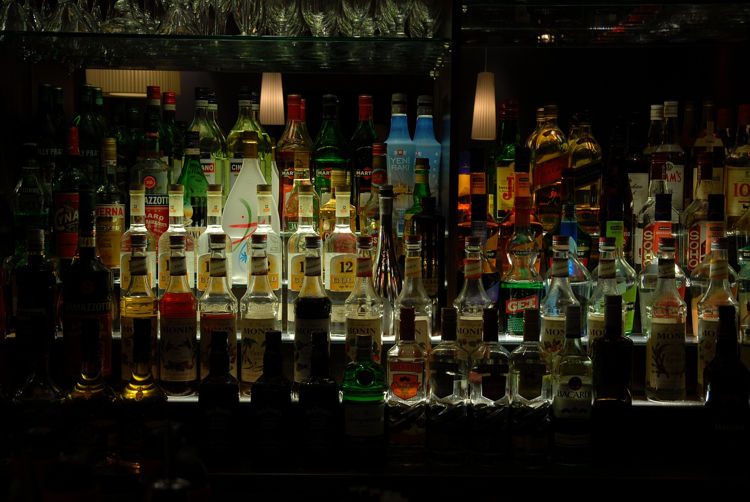
Nights out on the town are much better when shared with friends or loved ones, but while most bars and clubs around the world welcome
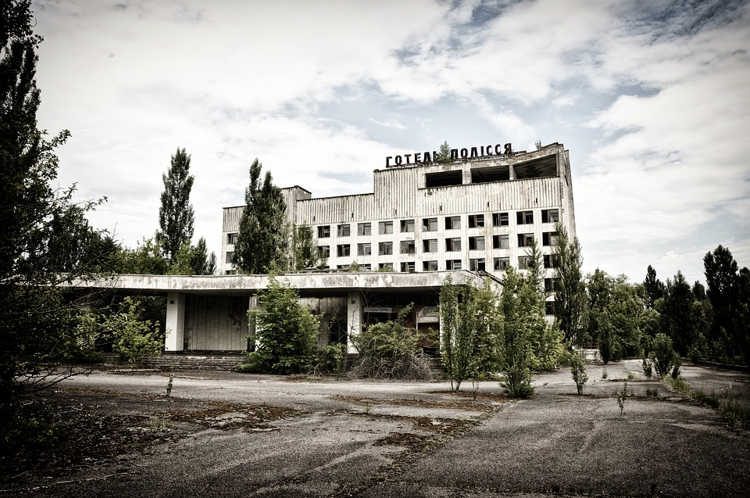
In an effort to boost tourism to turn the Chernobyl disaster zone into a tourist attraction, the Ukrainian government recently decided to open a highly